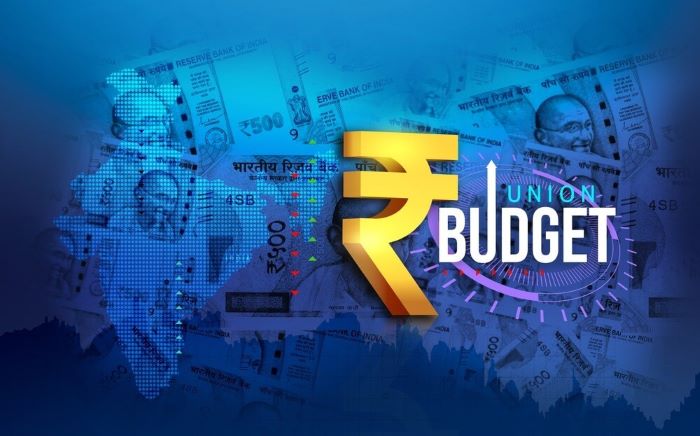The Union Budget of India is one of the most awaited events every year. It is a critical tool that outlines the government’s financial plans for the coming year, impacting everything from the economy and public sector projects to taxation and welfare schemes. With the Union Budget 2025 set to be presented soon, the anticipation is higher than ever. So, what exactly is the Union Budget, and what can we expect from it in 2025?
What is Union Budget?
In simple terms, the Union Budget is the annual financial statement presented by the government of India. It includes an overview of the country’s economic health, estimates of government revenues, expenditure allocations, and fiscal policies. The Union Budget reflects the government’s priorities, development goals, and strategies for growth. It plays a pivotal role in shaping India’s economic trajectory and directly influences various sectors such as infrastructure, education, healthcare, agriculture, and more.
Every year, the Union Budget is presented by the Finance Minister of India in the Parliament, typically on February 1st. The document is divided into two parts—Revenue Budget and Capital Budget. The Revenue Budget includes the income of the government (mostly taxes), while the Capital Budget outlines the government’s long-term investments and funding for development projects.
Union Budget 2025: What to Expect
The Union Budget 2025 is expected to focus on several key areas that are crucial for India’s growth and development. Below are some major themes that are likely to be covered:
1. Economic Growth and Recovery
Following the global disruptions caused by the COVID-19 pandemic, the Indian government is expected to focus on measures to revive and accelerate economic growth. With various sectors still recovering, it is likely that the Union Budget 2025 will prioritize funding for businesses, especially small and medium enterprises (SMEs), as well as programs to boost employment.
The government is likely to introduce new policies aimed at improving the ease of doing business in India, fostering entrepreneurship, and increasing domestic and foreign investment. Steps to rejuvenate industries such as manufacturing, technology, and services will be vital in boosting India’s GDP growth.
2. Agricultural Reforms
Agriculture remains the backbone of India’s economy, contributing significantly to employment and GDP. The Union Budget 2025 is expected to continue with the reforms introduced in previous budgets, with an emphasis on improving productivity, providing fair prices to farmers, and enhancing irrigation facilities.
Additionally, increasing subsidies for agricultural inputs such as seeds, fertilizers, and pesticides, as well as financial assistance for farmers affected by climate change, could be on the agenda.
3. Infrastructure and Digital Transformation
Investing in infrastructure has been a key focus of previous Union Budgets, and the trend is expected to continue in 2025. The government is likely to announce further investment in transport infrastructure, such as highways, railways, and urban transit systems, to facilitate better connectivity and stimulate economic growth.
Moreover, the digital transformation of various sectors, including healthcare, education, and governance, will likely be a focal point in the Union Budget 2025. Expect increased funding for digital infrastructure, Internet access, and technology-driven public services.
4. Social Welfare Schemes
The Union Budget is also a tool for implementing social welfare programs, and 2025 will likely see more emphasis on improving the lives of the economically vulnerable. Expect further allocation for rural development, affordable housing, and healthcare programs. The government may also introduce new initiatives aimed at skill development, women’s empowerment, and improving access to education.
5. Taxation and Fiscal Policies
Taxation reforms are always a point of interest during the Union Budget. In 2025, we could see changes in tax rates or a possible reduction in corporate taxes to enhance investment. Additionally, there may be discussions on improving tax compliance, expanding the tax base, and ensuring that the taxation system is transparent and efficient.
The government may also introduce measures to control inflation and reduce the fiscal deficit, which could include rationalizing subsidies and increasing capital expenditure.
6. Environmental and Green Initiatives
The Union Budget 2025 could place a significant emphasis on sustainability, green energy, and reducing the carbon footprint. With global concerns about climate change, India may announce new measures to promote renewable energy, electric vehicles, and eco-friendly infrastructure.
Conclusion
The Union Budget of 2025 is likely to reflect India’s aspirations for a resilient economy, sustainable development, and inclusive growth. Whether it’s supporting the agriculture sector, boosting digital transformation, or enhancing welfare schemes, the Budget will provide crucial insights into the government’s approach to achieving these goals. As citizens, businesses, and policymakers await the presentation, one thing is clear: the Union Budget 2025 will play a vital role in shaping India’s future.
Understanding the Union Budget and its impact on various sectors helps everyone, from industry leaders to common citizens, prepare for the year ahead. Let’s keep an eye out for the announcements and see how they will chart a new path for the country’s economic progress.



